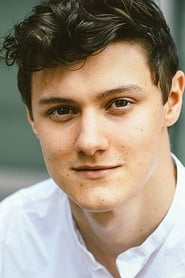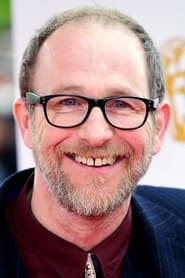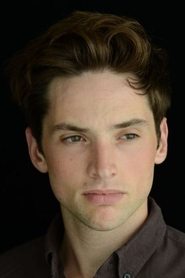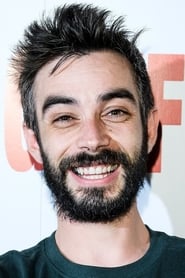The Making of Anna and the Apocalypse
Top 10 Billed Cast
Himself
Himself
Himself
Himself

The Making of Anna and the Apocalypse
HomePage
Overview
A brand new feature-length documentary featuring new interviews with the cast and crew of Anna and the Apocalypse, produced exclusively by Second SIght Films for their 2-disc Blu-ray release of the movie.
Release Date
2019-12-02
Average
0
Rating:
0.0 startsTagline
Genres
Languages:
EnglishKeywords
Similar Movies
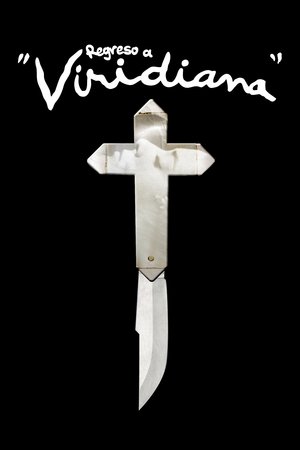 7.1
7.1Regreso a «Viridiana»(es)
Spain, 1960. French student Monique Roumette lives in Madrid on a scholarship. Thanks to a friend who works in the production company Uninci, she has the privilege of attending the shooting of Viridiana, a film directed by Luis Buñuel.
The Many Days of Day of the Dead(en)
Documentary of the making of George A. Romero's zombie classic Day of the Dead.
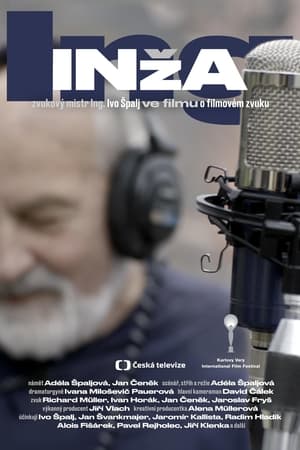 7.0
7.0Engi – Sound Designer Ivo Špalj(cs)
A look at the legendary Czech sound designer and his profession. Editor and documentary filmmaker Adéla Špaljová has her father Ivo Špalj talk about his life, career, and working methods. Over the course of his long life, sound designer Ivo Špalj (*1940) has collaborated on hundreds of films and become a mentor for at least one generation of men and women behind the mixing board. This gentle documentary also shows “Engi” (as he is known to his colleagues) again working with Jan Švankmajer, whose films he has lent their typical, dense, and sophisticated sound mix.
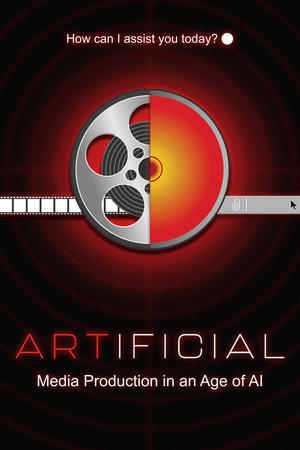 10.0
10.0ARTIFICIAL: Media Production in an Age of AI(en)
Exploring the transformative impact of artificial intelligence in an industry of imagination, “ARTIFICIAL: Media Production in an Age of AI” delves into how AI tools are currently revolutionizing various stages of media production and examines the balance between technological advancement and human creativity, attempting to spark conversation about the future of storytelling in an age of progress. It also addresses the possibility of government regulation and the broader ethical concerns implicit in the immense capabilities of AI technology. The documentary integrates extensive research, survey results, and insightful interviews with industry professionals.
Jackie Chan: Down to Earth(en)
An in-depth look at the past four decades of work by legendary martial artist, Jackie Chan.
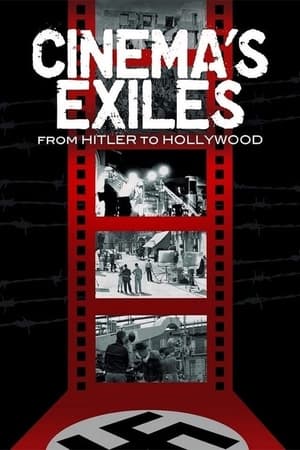 6.0
6.0Cinema's Exiles: From Hitler to Hollywood(en)
Eight hundred German filmmakers (cast and crew) fled the Nazis in the 1930s. The film uses voice-overs, archival footage, and film clips to examine Berlin's vital filmmaking in the 1920s; then it follows a producer, directors, composers, editors, writers, and actors to Hollywood: some succeeded and many found no work. Among those profiled are Erich Pommer, Joseph May, Ernst Lubitsch, Fritz Lang, Billy Wilder, and Peter Lorre. Once in Hollywood, these exiles helped each other, housed new arrivals, and raised money so others could escape. Some worked on anti-Nazi films, like Casablanca. The themes and lighting of German Expressionism gave rise in Hollywood to film noir.
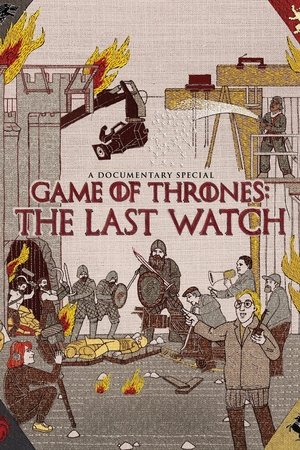 7.1
7.1Game of Thrones: The Last Watch(en)
For a year, acclaimed British filmmaker Jeanie Finlay was embedded on the set of the hit HBO series “Game of Thrones,” chronicling the creation of the show’s most ambitious and complicated season. Debuting one week after the series 8 finale, GAME OF THRONES: THE LAST WATCH delves deep into the mud and blood to reveal the tears and triumphs involved in the challenge of bringing the fantasy world of Westeros to life in the very real studios, fields and car-parks of Northern Ireland. Made with unprecedented access, GAME OF THRONES: THE LAST WATCH is an up-close and personal portrait from the trenches of production, following the crew and the cast as they contend with extreme weather, punishing deadlines and an ever-excited fandom hungry for spoilers. Much more than a “making of” documentary, this is a funny, heartbreaking story, told with wit and intimacy, about the bittersweet pleasures of what it means to create a world – and then have to say goodbye to it.
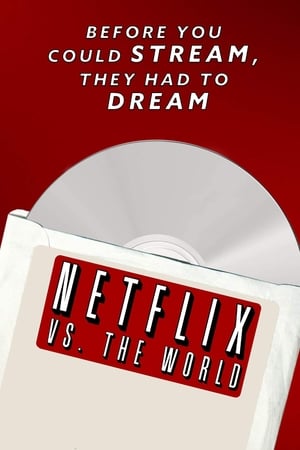 6.0
6.0Netflix vs. the World(en)
The story of how a tiny, broke Silicon Valley startup slew giants of the movie rental world, warded off Amazon and forced movie making and distribution into the digital age.
 0.0
0.0Remembering Ragtime(en)
Memories from the making of the classic Milos Forman film "Ragtime".
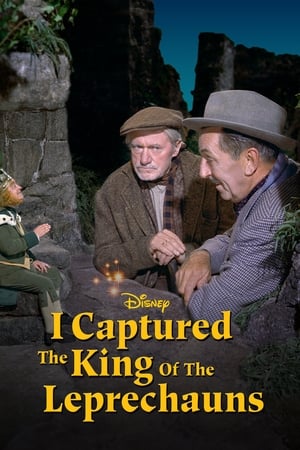 9.0
9.0I Captured the King of the Leprechauns(en)
Behind the scenes of Darby O'Gill and the Little People.
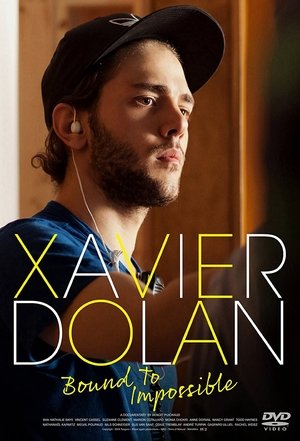 6.0
6.0Xavier Dolan: Bound to Impossible(fr)
Actors Anne Dorval, Suzanne Clément, Monia Chokri, Gaspard Ulliel, Vincent Cassel, Niels Schneider and Melvil Poupaud discuss working with the young Canadian director Xavier Dolan, who has conquered the hearts of both cinema lovers and prestigious festival juries with his films. To French actress Nathalie Baye, he seems very experienced despite his young age, while Cannes Director Thierry Frémaux says he may be insolent, but everyone agrees he is passionate, creative, a perfectionist and... in a hurry.
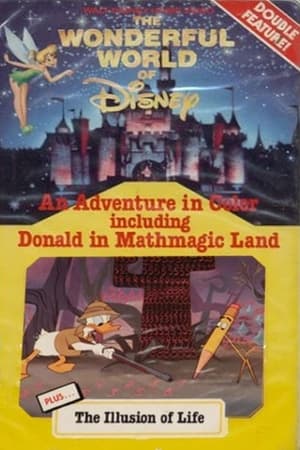 0.0
0.0Disney Animation: The Illusion of Life(en)
Former Disney child star Hayley Mills returns to the Walt Disney Studio for a look at the techniques of animated film production, with various veteran Disney animators illustrating said techniques.
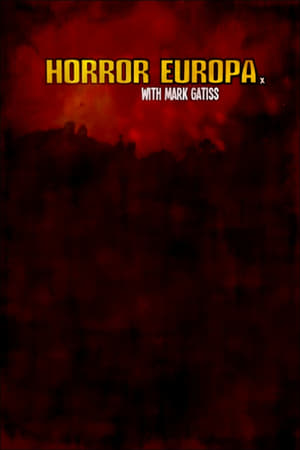 8.0
8.0Horror Europa with Mark Gatiss(en)
Actor and writer Mark Gatiss embarks on a chilling journey through European horror cinema, from the silent nightmares of German Expressionism in the 1920s to the Belgian lesbian vampires in the 1970s, from the black-gloved killers of Italian bloody giallo cinema to the ghosts of the Spanish Civil War, and finally reveals how Europe's turbulent 20th century forged its ground-breaking horror tradition.
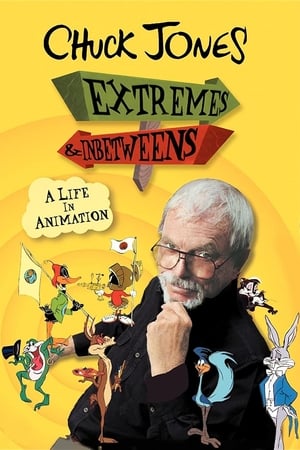 6.8
6.8Chuck Jones: Extremes and In-Betweens - A Life in Animation(en)
This biography, shown on American television as part of the PBS "Great Performances" series, examines the life works of one of Hollywood's most celebrated animators, Chuck (Charles M.) Jones. He is best known for Warner Brothers cartoons featuring Bugs Bunny, Daffy Duck, Elmer Fudd, Porky Pig, Road Runner, Wile E. Coyote, and Pepe LePew. Included are plenty of behind-the-scenes descriptions of how an animated film is made, and (best of all) many clips from Chuck's cartoons.
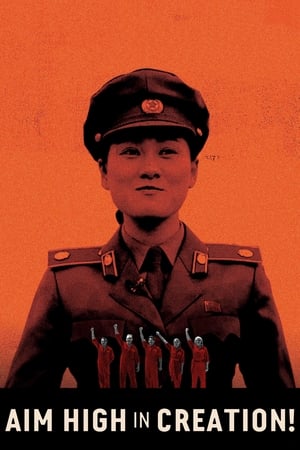 5.9
5.9Aim High In Creation!(en)
A revolutionary film about the cinematic genius of North Korea's late Dear Leader Kim Jung-IL, with a groundbreaking experiment at its heart - a propaganda film, made according to the rules of his 1987 manifesto. Through the shared love of cinema, AIM HIGH IN CREATION! forges an astonishing new bond between the hidden filmmakers of North Korea and their Free World collaborators. Revealing an unexpected truth about the most isolated nation on earth: filmmakers, no matter where they live, are family.
 8.0
8.0Miyazaki, Spirit of Nature(fr)
A documentary that focuses on Hayao Miyazaki’s deep connection to nature and the environmental themes expressed through his films.
 0.0
0.0Into the Shadows(en)
Explores behind the big screen to meet the filmmakers, distributors and exhibitors who bring Australian films to us, the audience. Closures of many independent art-house cinemas like Electric Shadows in Canberra in 2006 have made fair and equitable screening of Australian films increasingly difficult. Exhibitors debate the efficacy of the industry's Code of Conduct and unfair trade practices, while a growing number of Australian films go unreleased.
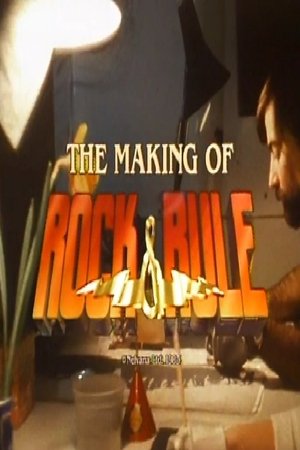 8.0
8.0The Making of Rock & Rule(en)
Documentary on the making of the cult classic Nelvana animated film, "Rock & Rule." Featuring interviews with Lou Reed, Debbie Harry, Chris Stein, Iggy Pop, Maurice White, and Director Clive Smith.
 0.0
0.0Doctor Who: A New Dimension(en)
Documentary lead-in to the premiere episode of the 2005 revival of Doctor Who. Features cast interviews, behind the scenes footage, and a look at the Doctor's past.

